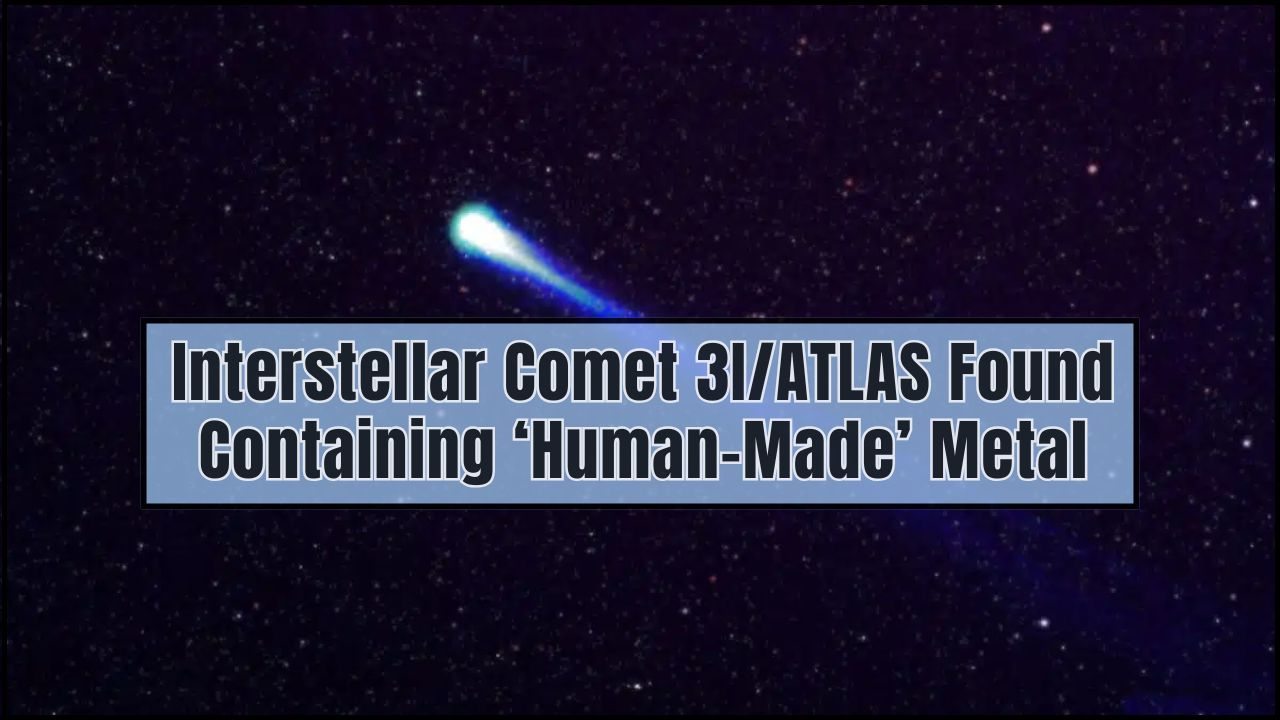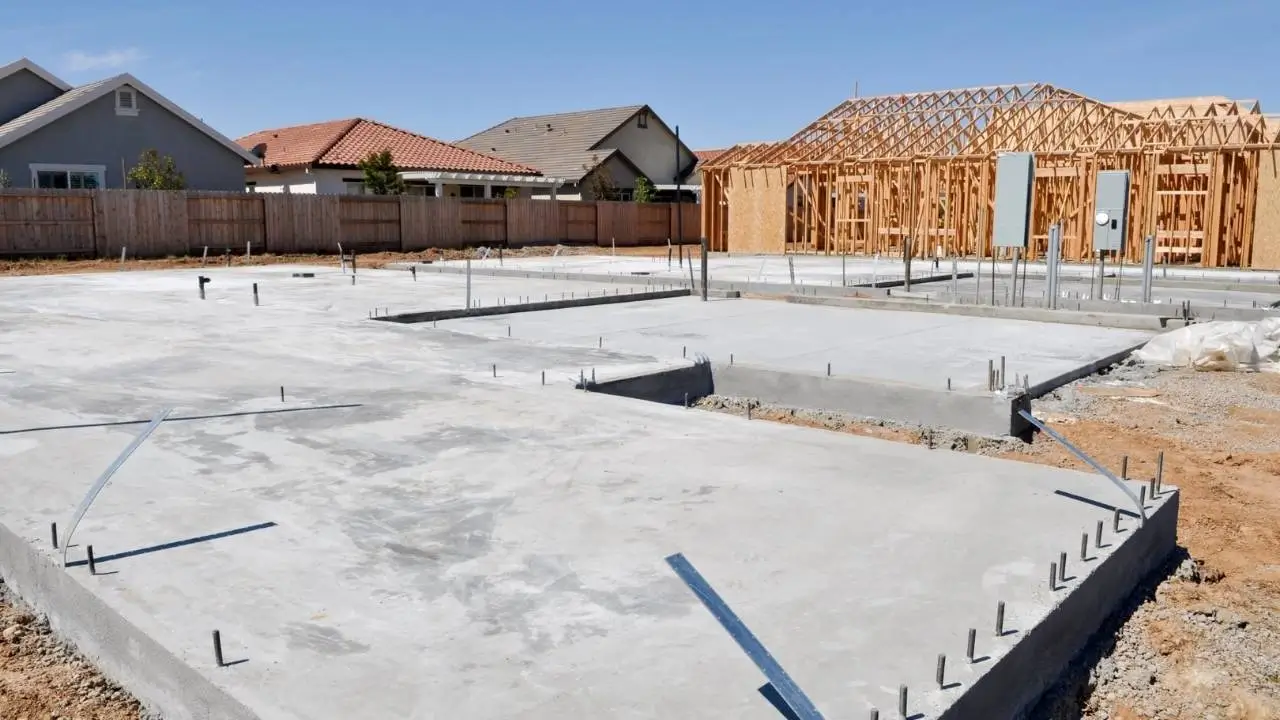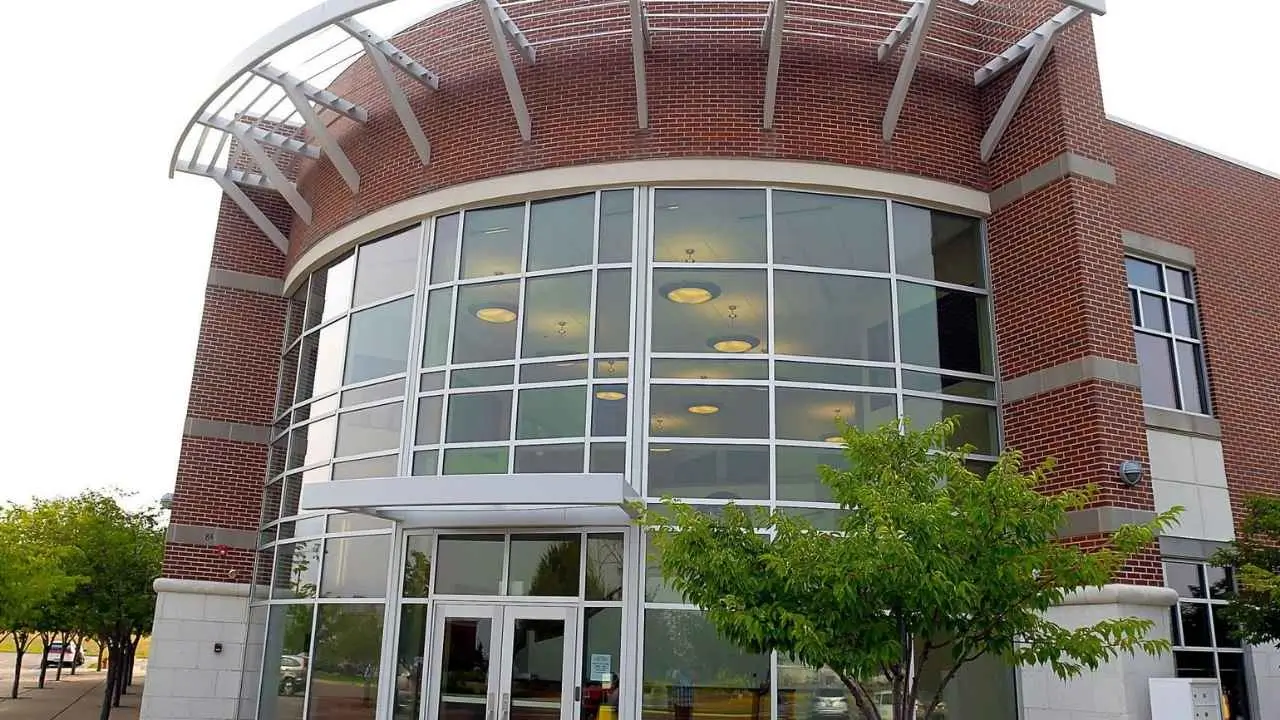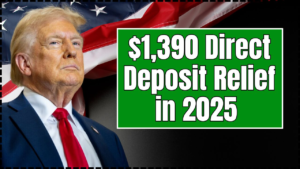In Cache Valley, Utah, rapid urban expansion is reshaping the landscape, raising important questions about the future of public parks and green spaces. As new developments sprawl across the region, concerns grow about the preservation of natural spaces that serve the community’s well-being. This article explores the tension between growth and green space in Cache Valley, shedding light on the local dynamics at play.
The question of how to reconcile growth with green space preservation remains a central issue for Cache Valley. As development continues, residents, developers, and government officials must work together to ensure that future growth does not come at the expense of the valley’s environmental legacy. Moving forward, it will take careful planning and collaboration to find sustainable solutions for both urban and green space development. Cache Valley’s future lies in balancing the needs of its people with the preservation of the natural spaces that make the region so special.
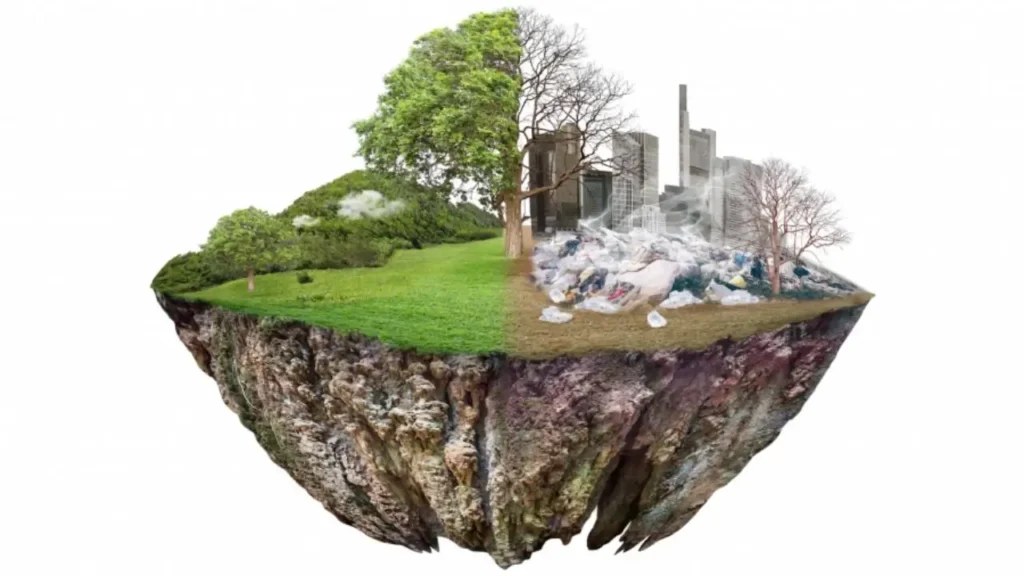
The growing awareness of the importance of green spaces for public health, environmental sustainability, and community well-being can guide the way forward. By prioritizing these values in development plans, Cache Valley can create a model for how urban growth and green space preservation can coexist. This will require foresight, planning, and a commitment to sustainable development, but the benefits for future generations will be well worth the effort.
Growth vs. Green Space: What’s Driving Development in Cache Valley?
Cache Valley, known for its scenic landscapes and small-town charm, is facing the pressures of rapid growth. Over the past decade, the valley’s population has surged by 15%, a trend expected to continue well into the 2030s. With this boom in new residents comes an increased demand for housing, infrastructure, and commercial spaces.
The Demand for More Land
As the region’s urban areas expand, developers are increasingly eyeing areas traditionally reserved for agriculture or open space. Local planning authorities point to the need for more residential and commercial projects to meet the needs of newcomers. However, urban sprawl often encroaches on natural areas that serve as crucial green spaces for both recreation and environmental health.
The development of housing complexes, business parks, and even industrial facilities often means converting open fields, wetlands, and other natural spaces into built-up areas. While this provides the infrastructure necessary for growth, it also places pressure on existing parks and recreational land.
A Shift in Parkland Priorities
Amid these growing demands, local governments are balancing the need for new developments with the desire to preserve and expand green spaces. Plans to develop up to 200 acres of new parks by 2030 are already in motion. However, critics argue that these plans may not be enough to offset the environmental losses caused by rapid development.
Local planners argue that growth doesn’t have to come at the expense of nature. While development is essential to accommodate the growing population, they also highlight the need for thoughtful, sustainable planning that integrates green space into urban growth.
In an effort to accommodate both new growth and the preservation of natural spaces, many local municipalities have started prioritizing mixed-use developments that include parks and recreational areas as part of new residential and commercial zones. These mixed-use developments aim to create a balance between urban expansion and the preservation of green spaces by incorporating parks into the very fabric of new developments.
The Role of Green Spaces in Urban Planning
Green spaces are not only recreational assets but also vital for environmental sustainability. Parks, natural reserves, and even urban gardens play a significant role in reducing air pollution, managing stormwater, and providing habitats for local wildlife. As cities grow, their natural spaces tend to shrink, which can have long-term impacts on biodiversity and public health.
The environmental cost of replacing natural spaces with urban developments extends beyond the loss of recreational areas. As urban areas expand into previously undeveloped land, they encroach on habitats that many species of wildlife depend on. Biodiversity, which is critical for the health of ecosystems, is at risk when these areas are developed.
In addition, the loss of green space can affect the physical and mental health of residents. Parks and natural areas provide opportunities for exercise, relaxation, and community engagement, all of which are vital for well-being. Research shows that people who live near green spaces tend to have better physical and mental health outcomes. The increased demand for green spaces in urban planning is therefore seen as a critical factor in maintaining public health.
Environmental Impact and Sustainability
The balance between development and sustainability is a key issue for planners in Cache Valley. As new developments continue to reshape the area, there is growing concern about the environmental degradation that could occur if the region does not carefully plan for the integration of green spaces. The challenge lies in accommodating the increasing population while preserving the natural beauty and ecological value of the valley.
In particular, environmental experts warn about the loss of biodiversity as urbanization spreads. Wetlands, riparian zones, and open fields serve as critical habitats for local flora and fauna, and their destruction could lead to a decline in species diversity. These environmental shifts could also exacerbate the effects of climate change, as green spaces play a role in carbon sequestration and temperature regulation.
While some developments incorporate green infrastructure like parks and nature preserves, many experts argue that these efforts need to be scaled up. Green infrastructure, which includes things like urban forests, green roofs, and permeable surfaces, can help mitigate the environmental impacts of urbanization while maintaining the ecosystem services provided by natural landscapes.
Economic and Social Considerations
While the environmental cost is high, the economic and social benefits of development are also undeniable. New developments create jobs, boost the local economy, and provide much-needed housing for an expanding population. Local business owners and real estate developers assert that growth is essential to sustaining the valley’s economy. Without more homes and infrastructure, the region risks becoming unaffordable for many residents, especially as housing prices rise due to increased demand.
The construction of new commercial and residential areas is also seen as an opportunity to enhance the local economy. New retail centers and business parks can attract investment and provide employment opportunities. In this context, the challenge is finding ways to balance the economic advantages of growth with the preservation of environmental resources that support long-term sustainability.
However, this growth comes at a price. Infrastructure costs—such as building roads, schools, and utilities—often fall to local governments, which can increase the financial burden on taxpayers. In many cases, developers may bear some of these costs, but taxpayers are ultimately responsible for the long-term maintenance and expansion of public infrastructure.
Local planners have also noted that growth does not necessarily mean the destruction of green spaces. With careful zoning and land use planning, it is possible to develop areas while maintaining access to parks and natural reserves. Strategies such as land banking, where the government sets aside land for future parks and recreational areas, can help ensure that the benefits of growth are not realized at the expense of the environment.
Can Logan Keep Up? The Race Between Population Growth and Infrastructure
Balancing Growth and Preservation: The Path Forward
Cache Valley stands at a crossroads. The challenge lies in how to balance urban expansion with the preservation of natural areas. The vision put forth by local planners is one of “smart growth”—developing new areas without sacrificing the region’s environmental and recreational assets. The implementation of stricter zoning laws, the creation of green corridors, and the expansion of mixed-use developments that combine residential and recreational spaces are potential solutions.
Local officials emphasize the need for thoughtful urban design that prioritizes green space. As the valley continues to grow, planners and developers must collaborate to integrate parks and nature into the heart of new communities, rather than allowing them to be an afterthought or a casualty of rapid development.
The use of smart growth principles can help mitigate the negative environmental impacts of urbanization while still providing for the needs of a growing population. By focusing on compact, walkable neighborhoods with integrated green space, Cache Valley can potentially become a model for sustainable development in the face of growth.
In addition to these efforts, Cache Valley communities must engage in ongoing conversations about the future of their green spaces. Public input from residents is crucial in ensuring that the development process reflects the values and priorities of the community. As urban growth accelerates, it will be important for the people of Cache Valley to advocate for the preservation of the natural areas that make their region unique.





